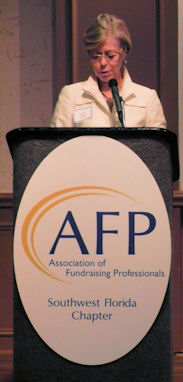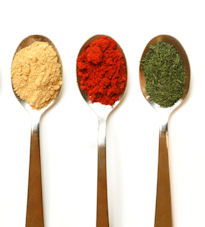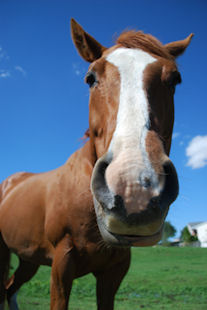 You *want* to read this story about how the Wishard Foundation took a donor prospect from “If you’re coming to ask for money, I don’t even want to meet with you” to a $40 million naming gift. And when you’re done come back to this post and I’ll tell you what the prospect researchers were doing behind the scenes!
You *want* to read this story about how the Wishard Foundation took a donor prospect from “If you’re coming to ask for money, I don’t even want to meet with you” to a $40 million naming gift. And when you’re done come back to this post and I’ll tell you what the prospect researchers were doing behind the scenes!
Where’s the Researcher?
Okay, if you look at the Wishard Foundation Staff page you won’t see a prospect researcher listed, but with that many gift officers and a manager of development services you’d at least expect a gift entry person, so let’s just speculate that there is someone with at least partial responsibility for research.
Getting the Edge with Donor Profiling
The president comes back from meeting a multi-millionaire who tells him to come back with a fundraising proposal and to make it “bold”. I betcha President Vargo was HOT for every scrap of information that could be found on Mr. and Mrs. Eskanazi. In my imagination I can see that prospect researcher sweating it out hour after hour, posting questions on PRSPCT-L, calling her APRA colleagues for tips and finally, hopefully, being a part of the conversation with the president about how much to ask for.
Identification – The First Step
But we all know prospect research happened MUCH earlier in the process, right? Somehow Mr. and Mrs. Eskanazi were identified and qualified for a $250,000 first gift. President Vargo’s amazing feat was to establish high affinity in one meeting. Granted, there was luck involved (they were looking for a legacy opportunity), but Vargo was ready. Mr. and Mrs. Eskanazi were identified and Vargo told a really powerful story. Pair that up with luck and presto! The Wishard Foundation received a $40 million gift. That is success!
Do you want a Professional Prospect Researcher?
If you don’t have a prospect researcher in-house, do not lament! Aspire Research Group can help you from identification all the way through to the ultimate solicitation. Check out our rating, profile and consulting services. Unfortunately, our magic wand is out for repair so we can’t manage the luck part right now, but we’re working on it.









